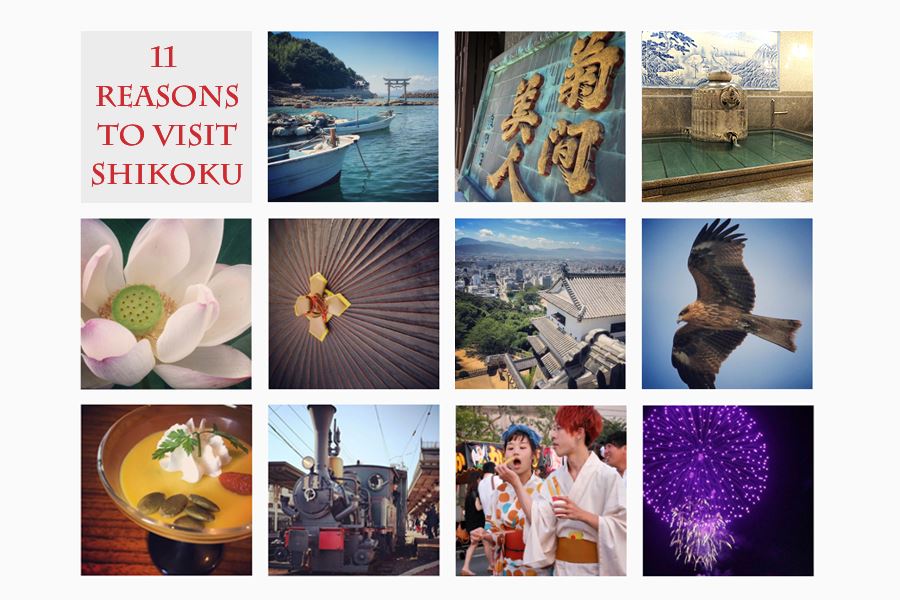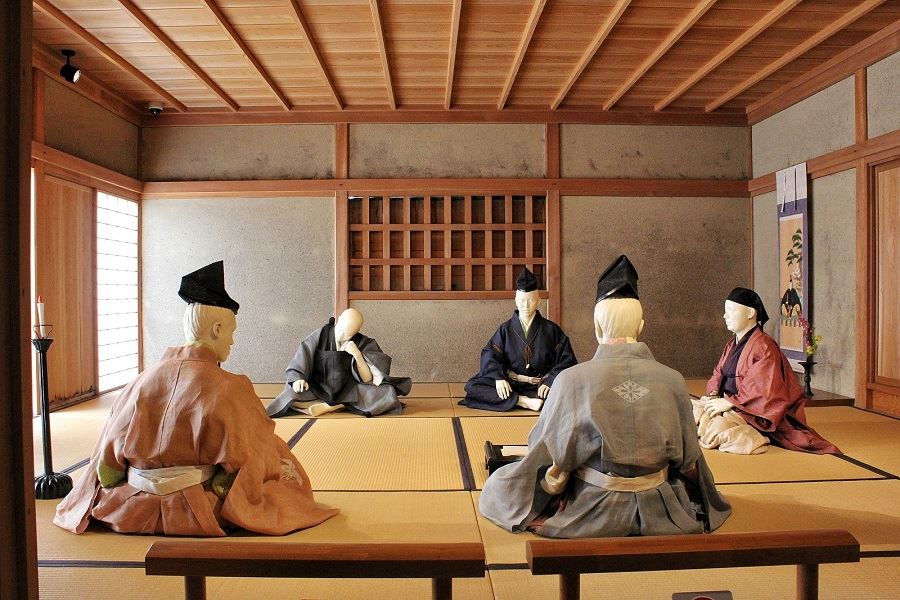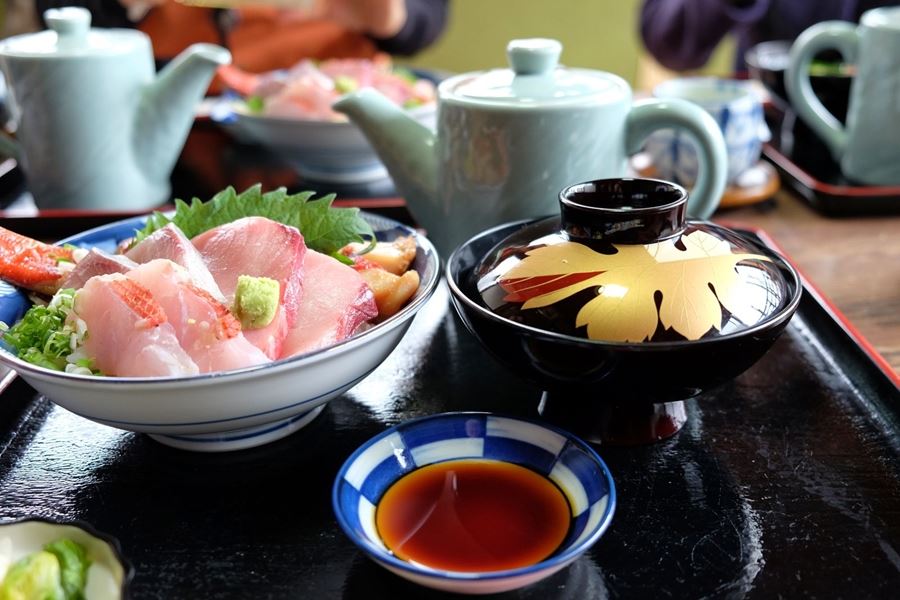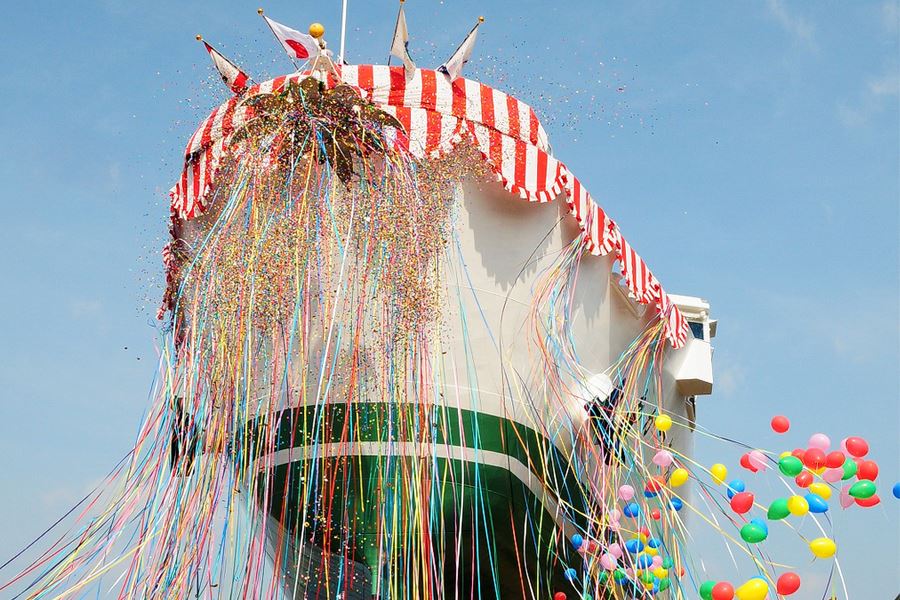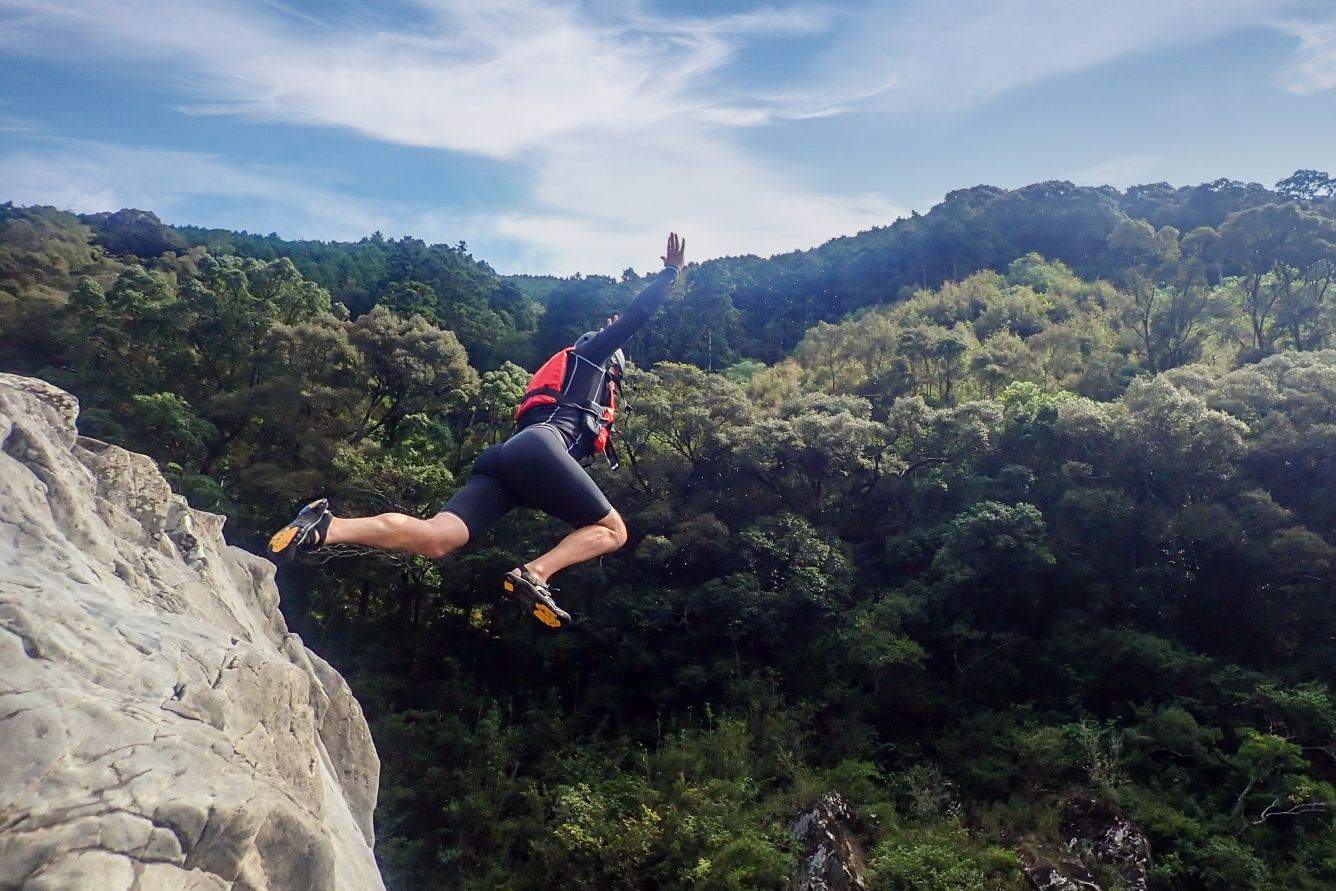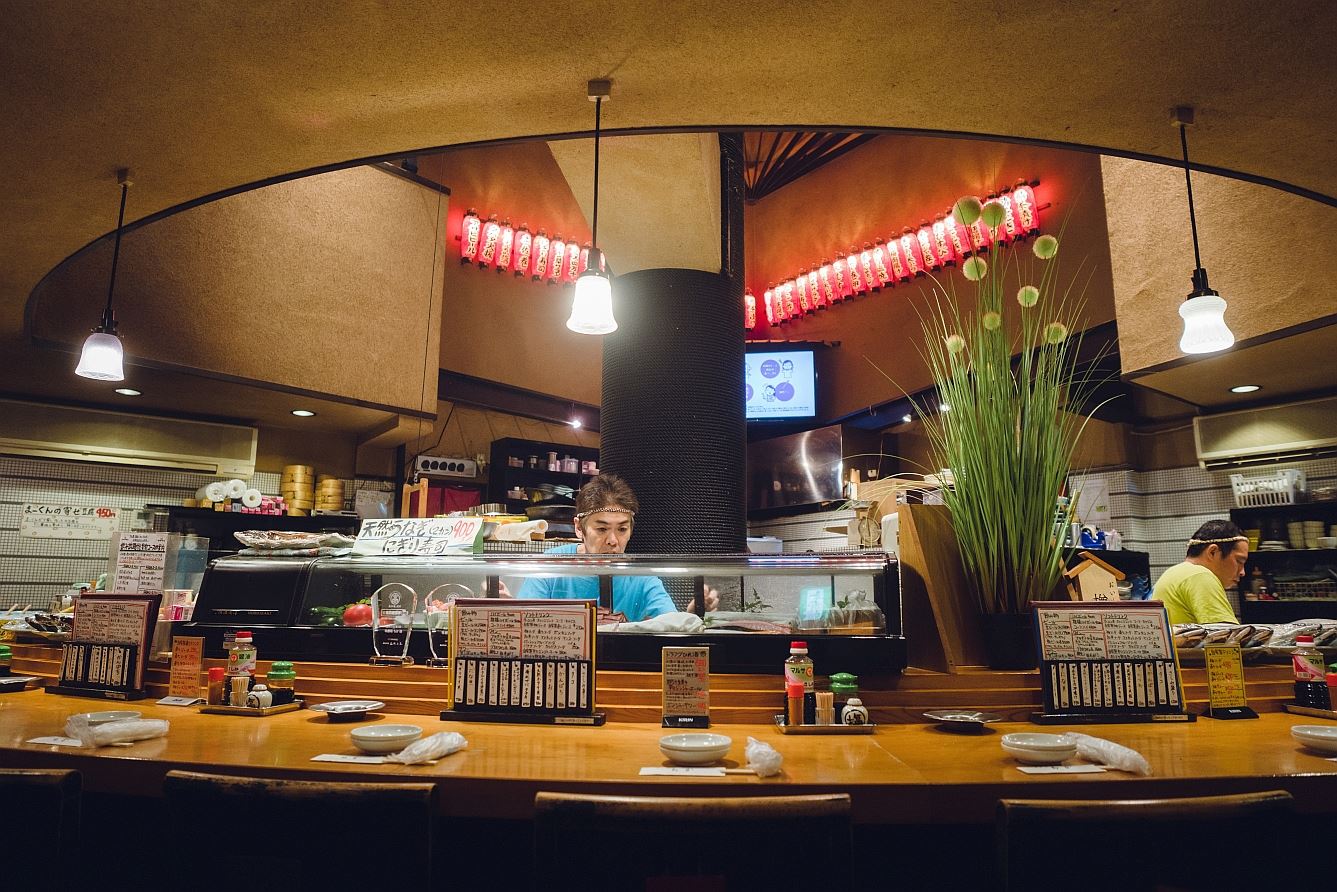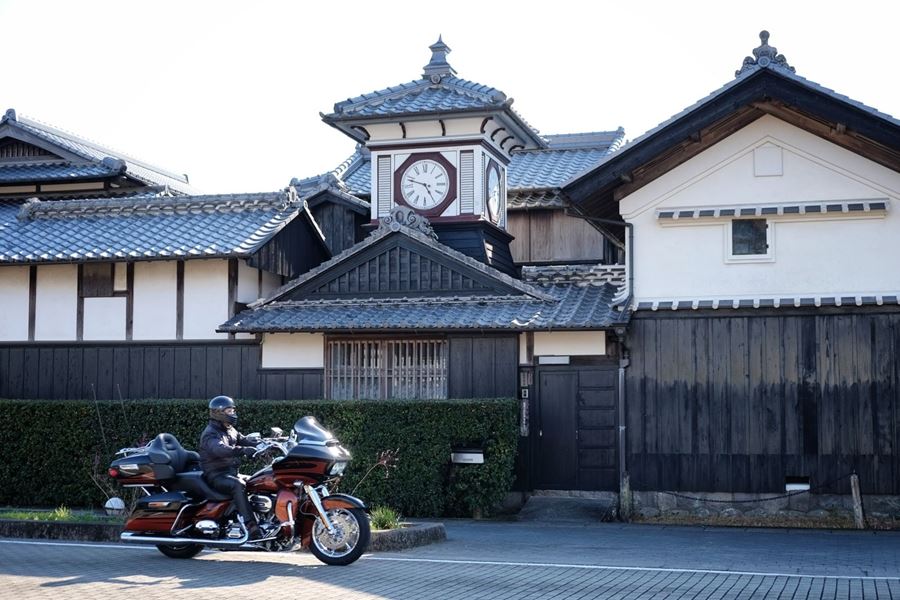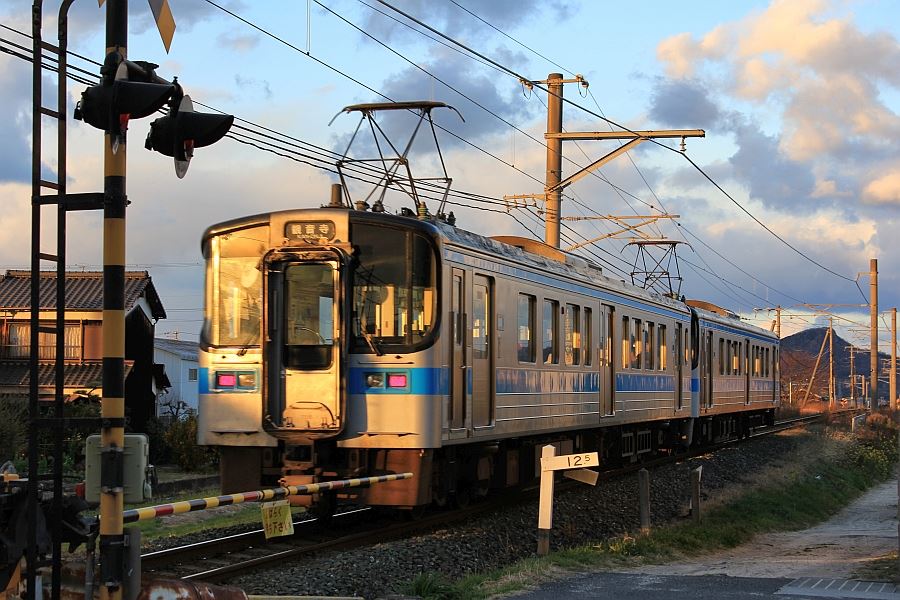11 Reasons to Visit Shikoku
Home » 11 Reasons to Visit Shikoku
11 Reasons to Visit Shikoku
Shikoku is the smallest of Japan’s four main islands, and the last to be linked physically to the main Japanese island. Consequently, its traditional character is still much in evidence in the form of beautiful buildings from past eras, pastoral scenery, old sake breweries, and Shinto festivals to mark the passing seasons. The Buddhist Shikoku Henro pilgrimage also draws visitors from around the world. Here we attempt to summarize the myriad reasons to visit Shikoku into just eleven.
1. The Shikoku Pilgrimage
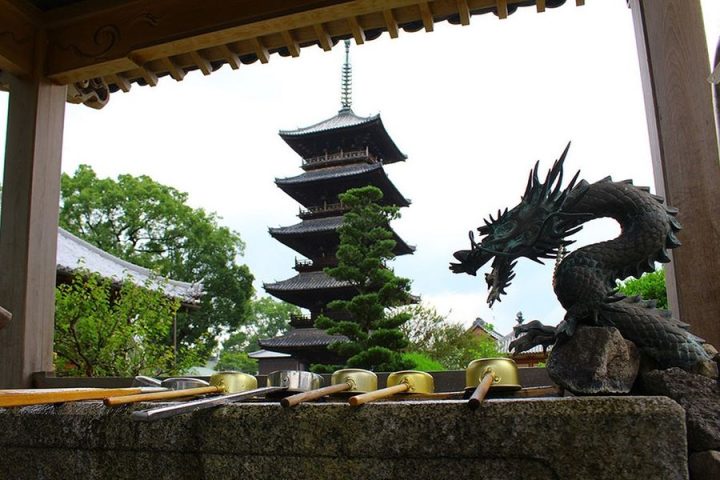
This route that visits 88 Buddhist temples around Shikoku was established some 1,200 years ago by the Buddhist saint Kobo Daishi. It passes through some of the most rugged and beautiful scenery of the island, testing the stamina and faith of those who walk it. But the tradition of settai, where locals seek karmic credit through their hospitality to pilgrims, eases the journey, creating a bond with Shikoku that lasts a lifetime. The Shikoku Pilgrimage can be attempted on foot, by bicycle, car, taxi or bus according to the circumstances of the pilgrim. And you don’t have to do it all – we can show you the best of the pilgrimage as part of your visit to Shikoku.
2. Festivals all year round
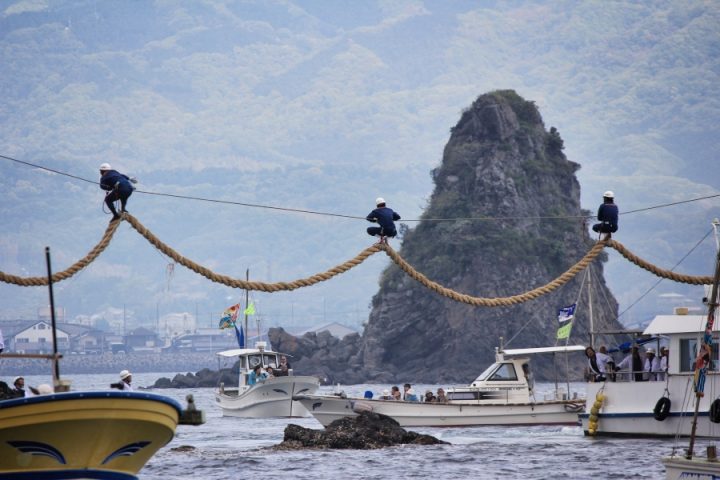
In addition to its temples, Shikoku is blessed with many distinctive Shinto shrines, many of which hold elaborate festivals throughout the year. The Ushioni festival of Uwajima is a distinctive shrine event. Shikoku is also home to many festivals featuring dances, such as the traditional Awaodori of Tokushima, or the more modern Yosakoi of Kochi. In contrast to these major festivals that enliven whole cities for several days, there are many small one-day festivals featuring mud-fights or comedy performances, not to mention the amazing firework festivals held all around Shikoku in the warmer months. Shikoku has a fondness for fighting festivals too, where the divine palanquins are smashed together with much fisticuffs between the various teams. The autumn festival in Dogo draws throngs of spectators to watch the rumble.
3. Wholesome eats and drinks
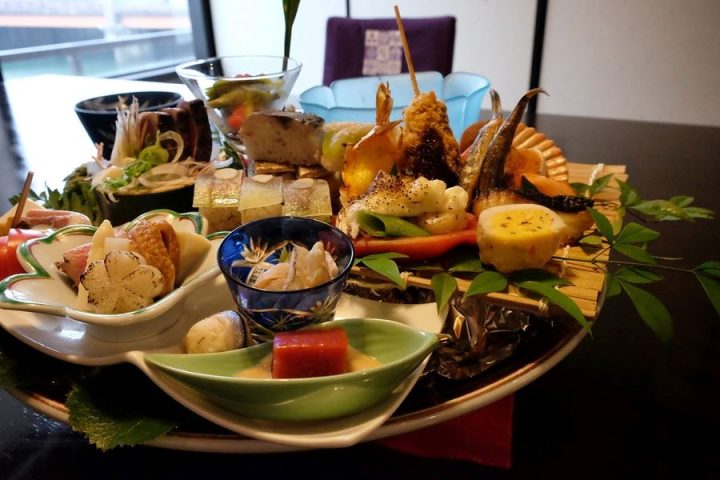
Fishing and farming are central to Shikoku’s economy, while the mountains are home to game such as wild boar, deer and pheasant, which increasingly feature in local cuisine as gibier. The four prefectures each have their own specialties. Kochi is known for its seafood, especially its katsuo no tataki – lightly seared yellowtail, and its deep fried patties of aromatic seaweed. Ehime produces a stunning variety of citrus that turns the hillsides orange in autumn, not to mention a bounty of fish from the Inland Sea. In Kagawa, Sanuki udon noodles are known as the best in Japan – they really do taste different. The forbidding slopes of the Iya Valley in Tokushima have given rise to a unique form of sustainable farming using grains and tubers not found in the rest of Japan. Tokushima also does some amazing things with chicken, cooking it over a special charcoal in its own fat to produce a remarkable depth of flavour that perfectly complements sake.
4. Sake and shochu
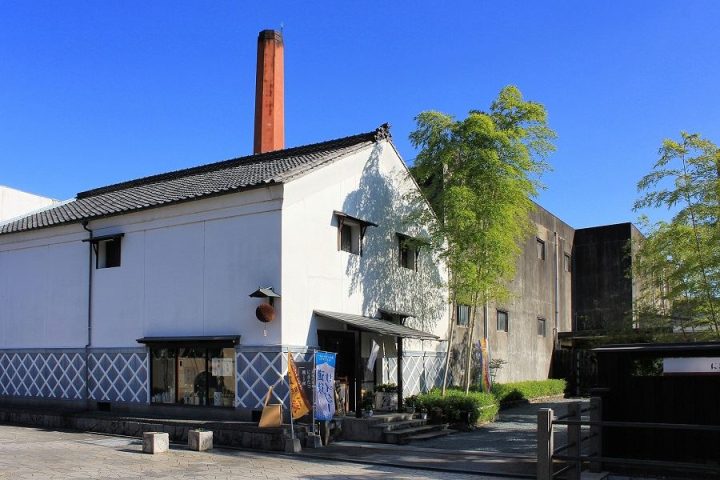
Each prefecture also has its own style of sake and traditions. Shikoku is dotted with sake breweries dating back as far as the Edo period, and although the toji master brewer system lives on, today sake is increasingly brewed by families. The younger brewers are reaching back into the past for inspiration, and are creating sake of unprecedented quality. At the higher-priced restaurants, innovative new types such as sparkling and frozen sake are likely to grace your dinner table. Most of the breweries of Shikoku also produce shochu, a distilled spirit that can use anything from rice and barley, to chestnuts, mushrooms, or the lees of sake. Shochu is also mixed with the high-quality fruit of Shikoku to produce liqueurs that are especially popular with women and young people. Many Shikoku breweries welcome visitors, and Shikoku Tours is well-qualified to provide introductions and guide brewery visits.
5. Traditional arts and crafts
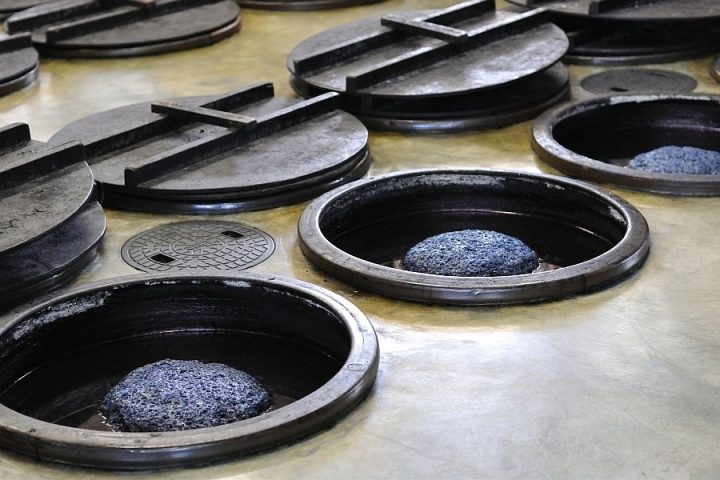
Shikoku is home to crafts that date back a thousand years or more – the hill-climbing kilns of Tobe, the bincho-tan charcoal of Muroto that produces infrared heat ideal for cooking, the washi paper of Inocho, and the indigo dyeing and handmade umbrellas of Wakimachi. Uchiko led the world in candlemaking, and the wealth that its advanced wax manufacturing techniques produced is reflected in the extravagant architecture of the town that can still be enjoyed today. The craftsmen of Shikoku are glad to share their techniques with visitors, and you can spend a pleasant hour or two dyeing a handkerchief in beautiful indigo, or take a couple of days to create your own fine steel kitchen knife.
6. Onsen heaven
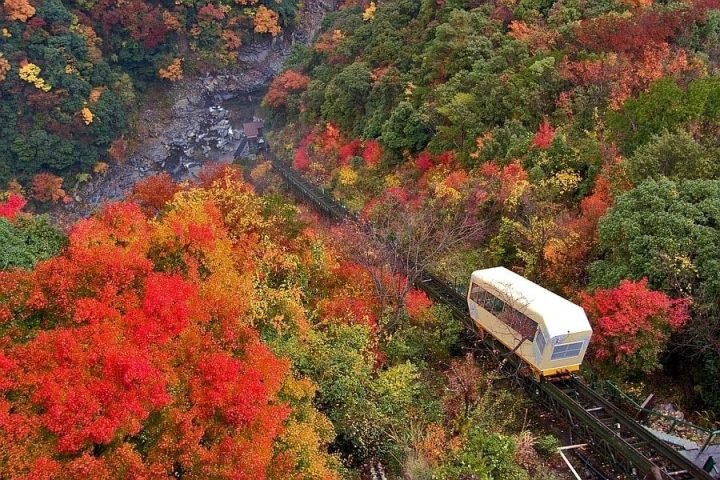
Although Shikoku is the only island of Japan’s main four not to have any volcanoes, Shikoku benefits from the vulcanism with abundant hot springs. Indeed, the hot spring at Dōgo Onsen is the only onsen recorded in Japan’s oldest written records. The delightful Meiji era bath house, and the lavish new bathing complex in Dōgo are reason enough for spa-lovers to visit Shikoku. Located in the city of Matsuyama, Dōgo is a sophisticated spa town. By contrast, the hot springs in the depths of the Iya Valley, accessed by a breathtaking funicular railway, offers a taste of onsen heaven in the middle of nowhere. There are too many wonderful ryokan with their own distinctive hot spring baths to mention here, so we can only urge you to come and discover them for yourself. Let us know if you need any help.
7. Adventure in every dimension
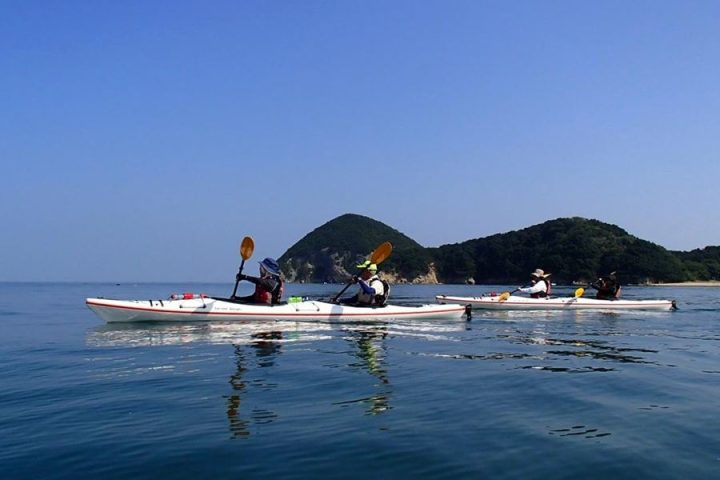
Whether your taste in adventure tends towards the land, water, the skies, or the bowels of the earth, Shikoku has something for you. One of the main gateways to Shikoku, the Shimanami Kaido, has a cycle path crossing dramatic bridges and islands over the Seto Inland Sea. Once on Shikoku, cyclists are made welcome with many routes and services. The mountains, with the highest peak in Western Japan, offer many options for hiking and paragliding. The spectacular river valleys criss-crossing Shikoku are perfect for canoeing, while the Yoshino River is a world-renowned spot for whitewater rafting. Bordered by the Seto Inland Sea to the north, and the Pacific to the south, Shikoku’s coast is great for sea kayaking, all kinds of surfing, and whale watching. And if you want to go underground, there are caves that you can visit in your everyday clothes, and other more demanding crevices. There’s something for everyone.
8. Unspoilt nature
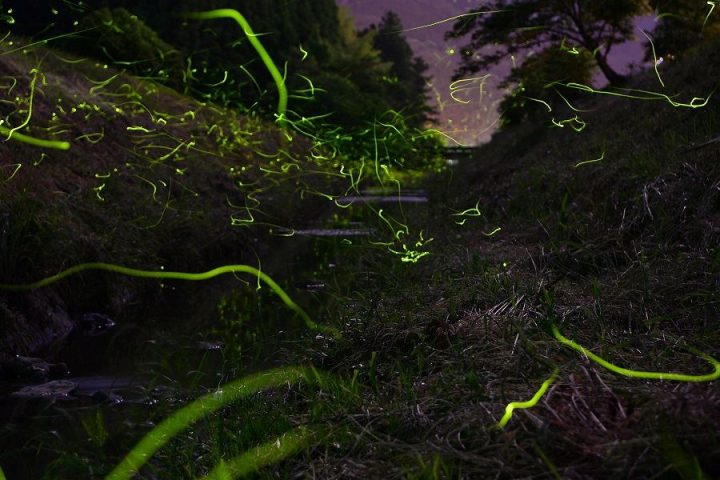
We would be dishonest not to acknowledge that Japan has done its best to spoil its natural beauty, and Shikoku unfortunately is not unscathed. But relatively speaking, there’s a lot of beauty left, especially in Kochi Prefecture. The scenery of Shikoku is highly pastoral, with many traditional wooden buildings. Seasons are strongly felt, with the changing colours of the woodlands and agricultural produce. The brilliant green of terraced rice fields is a sight not easily forgotten. And one of Shikoku’s many castles bedecked with snow is a sublime vision. The varied climate of Shikoku produces many blossoming plants, including ‘brave’ camelias and other flower that bloom even in mid-winter. Even in the cities, you can encounter wildlife such as tanuki, civets, and weasels. In the countryside there are wild boar, reptiles and amphibians of every kind. The insect life is dramatic, and not at all shy. And there are so many types of birds, you could wear out your camera just trying to capture a small selection.
9. A history all of its own
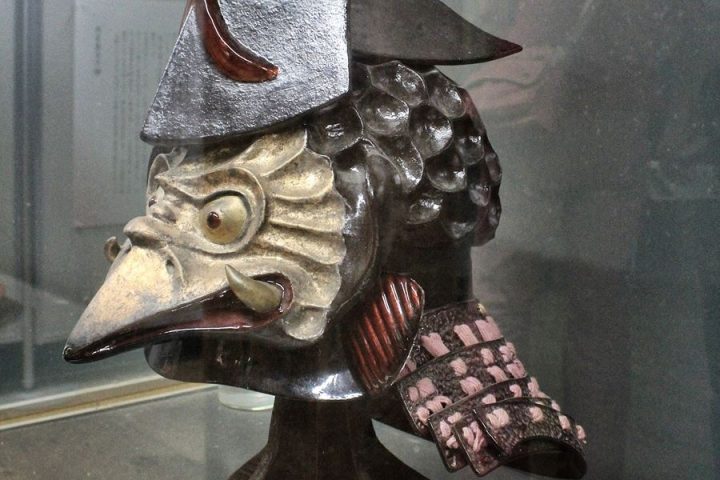
We’ve already seen that Shikoku has a distinguished history as a mecca for Buddhist pilgrimage. But Shikoku’s history includes a fascinating suigun pirate heritage that is little known outside the region, although it was key to many episodes in Japan’s national history. Before the Mongol invasion of Kyushu was destroyed by the typhoon that gave the Kamikaze their name, bucanneers from Ehime had attacked a vastly superior fleet and captured the Mongol admiral. These fearless sailors of northern Shikoku dominated the Inland Sea for over 200 years, and provided naval muscle and marine transport for everything that went on within Japan, and in Japan’s relations with its neighbours. They also formed the backbone of Japan’s modern navy. You can explore their way of life in fascinating museums in Ehime and Kagawa.
Sakamoto Ryoma and John Manjiro, personages who were key to bringing Japan out of its feudal period, hailed from Kochi, experiencing remarkable tribulations along the way.
Shikoku was also at the forefront of Japan’s industrial revolution. The first electric lights in Japan came on in Yawatahama, where Japan’s first aeroplane was designed.
Of the twelve castles remaining in Japan from the Edo period, four are in Shikoku.
10. Trains you wouldn’t believe
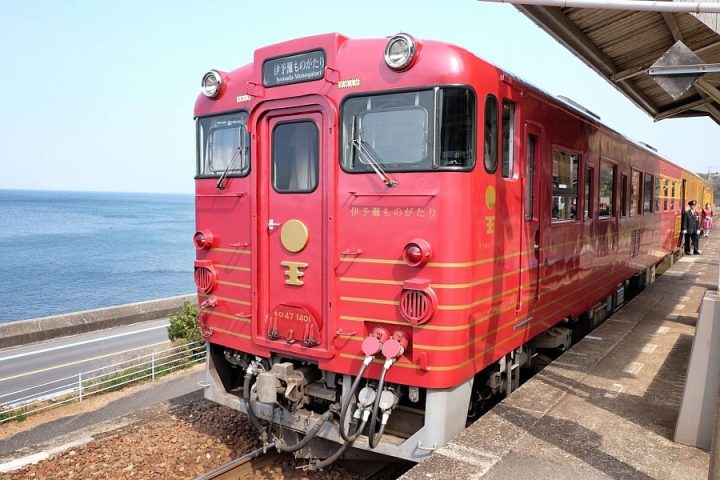
Shikoku is the only main island of Japan without a shinkansen line, and it’s unlikely to get one. Nevertheless, the trains of Shikoku are fascinating, and worth a visit for themselves. The creator of one of Japan’s most popular cartoon characters, Anpanman, hails from Kochi, and special express trains running on JR Shikoku lines are emblazoned with characters from the series. Other fascinating JR trains include the Iyonada Monogatori tourist train, an open beer train that runs in the summer, and an open train that runs beside the Shimanto River. There’s even a little train disguised as a shinkasen as an expression of self-deprecating Shikoku humour. In the various cities there are some characterful trains such as the Botchan Steam Train in Matsuyama, and vintage trams dating from the 50s and 60s in Matsuyama and Kochi. The 1920s trains on the Takamatsu-Kotohira Electric Railroad present a wonderfully retro sight. You can ride all these trains cheaply on the All Shikoku Rail Pass. Needless to say, the views from the train window are unforgettable too.
11. Shikoku Tours
Before there was Shikoku Tours, it was very hard to plan a trip to Shikoku. Now it’s easy. Our Shikoku travel experts will help you plan your visit, and if you wish to be escorted, our guides will smooth your journey and show you the best of Shikoku.
We offer a variety of recommended tours that take you around the island, across the middle of the island, and down both sides, allowing you to visit the main sights efficiently. You can book these tours as they are, or customize them with our growing range of options.
Related Tours

Experience the most beautiful and interesting temples of the Shikoku Pilgrimage in seven days.

A tour for families or friends, staying in the most characterful kominka and ryokan of Shikoku.

Visit the most beautiful and interesting temples of the Shikoku Pilgrimage and walk the toughest trails.

